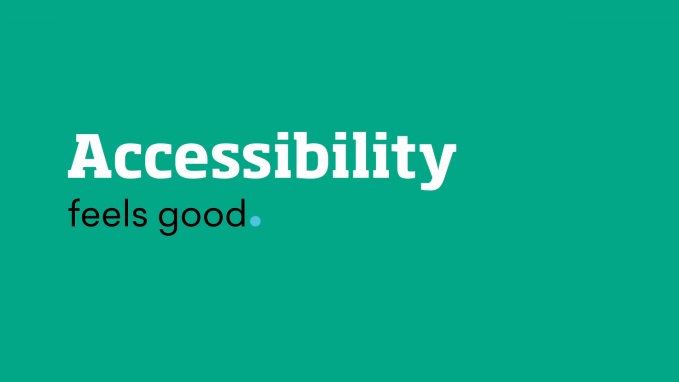How to get data access and visibility across an organization

Companies generate huge volumes of data every day from a variety of sources and departments. In most cases, the data is stored in disparate silos that make it difficult to aggregate and use the data to enhance the business. Information is becoming critical to help companies understand how they are performing as a whole and at a micro level - "what customers are up and which ones are down." One way to achieve data accessibility is to invest in data analytics as this solution will provide the bandwidth to bring your disparate sources together - into what is called - a single source of truth.
The benefits of data accessibility are enormous and as more workers are selling remotely or working from home means people can be productive from anywhere with the right data.

1. Data frequency
Legacy systems and technology infrastructures are typically assembled to deliver month-by-month and/or annual reporting, leading to an out-of-date analytical process. Your business is collecting data every minute of every business day. Reporting and analytics is a process that needs to happen in real-time at any time.
A data analytics system can show any period you need to review results, show customers sales reports or forecast future performance.
"It is having information easily accessible for especially our sales managers in managing their teams, rather than having to wait for somebody to run the data. Because they do weekly "RAT (review and target) meetings" and they used to sit right next to their salesperson and now they do it remotely, but it's being able to access that data quickly to talk about how that salesperson is doing and areas they can go focus on. Before it would be weeks before somebody else would have to run that data for them, and now they can just get it up till yesterday's data."
2. Speed of reporting
Many businesses continue to use outdated reporting processes because they don’t have access to the data they need to do it themselves or their software is too old or too hard to use.
The reporting process requires intervention with the IT department who documents the request and delivers the reports the next day via email or hard copy. In some cases, the software or the custom reports could take days or weeks to run, based on the schedule and availability of the IT personnel responsible for running them.
By updating to an easy to use data analytics systems, reporting can be done by anyone who needs it. It is instantaneous and no longer a laborious and time-consuming process. This helps shift the efforts of sales, product development, finance and other teams from running reports to more critical activities of data analysis and business management.
"Sales want to know where they are at with customers. The tool allows self-service reporting which is great so people don't come to IT for reports."
3. Robustness of system
It’s no secret that for many legacy infrastructures, the more users, the slower the systems.
Heavy use of a reporting system by multiple users can slow down its response time and theoretically shut drag the speed of business to a sales pace. Many legacy or homegrown ERP systems were not designed to serve growing enterprises, and even with regular patching, can’t keep pace with the modern requirements of large sales teams and remote workers who need access from any location and any device.
A modern, easy to use data analytics solution can easily accommodate company-wide use from in-house computer systems or any of today’s broad range of mobile devices, tablets, and other electronic mediums. Flexible and scalable systems with broad connectivity ensure widespread and reliable use from a variety of channels across the company.

Empowering businesses with intuitive data analytics, driving informed decisions for growth and profitability. We make people feel good about data.

What is management accounting and how does it help with operational decision-making?
People in business are always looking for new ways to leverage their data, streamline their operations and work more efficiently. There are many ways to do this, but one of the most powerful is management accounting—a concept that has been around for decades but has had a resurgence thanks to the increasing sophistication of modern data platforms.
Read more
How to prepare professional board reports
Preparing effective board reports cannot be underestimated in the ever-changing and dynamic business world. They’re not only essential for communicating financial performance and operational progress, but they’re also an all-important part of strategic and intelligent decision-making.
Read more
4 reasons why BI and FP&A tools improve financial reporting
How much time does your finance team spend collecting, analyzing, and sifting through data? According to a Deloitte report, finance teams spend nearly half their time on creating and updating reports. Operating at such a tactical level leaves little room for strategic analysis or effective planning.
Read more
Is real-time financial reporting working for your business?
What tools and technology do you use for real-time financial reporting? If your answer includes Excel spreadsheets, you’re (believe it or not) in the majority.
Read more
Find out how our platform gives you the visibility you need to get more done.
Get your demo today

